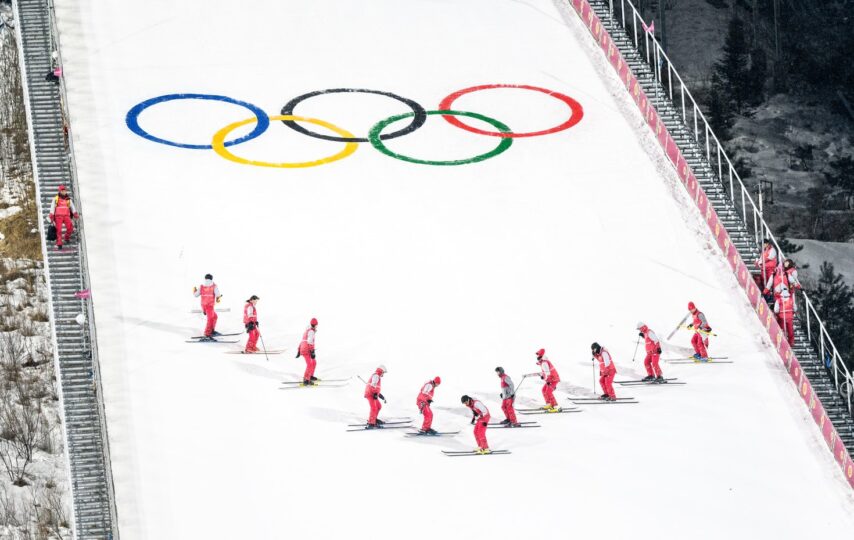The 2022 Winter Olympics in Beijing captured the world’s attention, building on the finish of the Tokyo Olympics last year. Typically, the Olympics aren’t a competition that many Americans associate with the NCAA.
After all, the NCAA’s most popular sports are football and basketball, which tend to see huge coverage even in the off-season. It’s more likely a top NCAA athlete will be prepping for the Rose Bowl or March Madness than the Olympics. However, the Olympics is one of the biggest athletic tournaments for certain NCAA stars—of over 200 NCAA competitors in the 2022 Winter Olympics, 57 took home medals.
Specially Trained for the Olympics
For those who compete in track, winter sports, or other more ‘niche’ athletic programs, the Olympics is their chance to seize a gold medal for their country. This achievement is highly unlikely for even the biggest football and basketball stars of the 500,000 athletes the NCAA pushes toward pro sports with each graduating class.
In fact, the margin of successful NFL players, for example, is so slim that many follow elite NCAA players during their first year in the big leagues to see if they’ll live up to the hype. There are often surprises in store for top players—even Heisman Trophy recipients might not help boost their team’s NFL odds if they start to hesitate under the pressure of major league play.
But not all NCAA athletes jump to the NFL or NBA. Many continue grinding in smaller leagues in the hopes of one day being called up for a national team. And even athletes who don’t have the experience of playing in March Madness or the Rose Bowl are better prepared for the Olympics than many might think.
For NCAA athletes accustomed to juggling calculus with curling, handling this type of stress during an Olympic run comes just slightly easier. While they’ll still need to tackle a few practices laid out by those like Honnold, NCAA athletes are better prepared to handle Olympic challenges and stressors than many people would be in their place.

Shining Across the Board
As mentioned above, the most popular NCAA sports tend to nab the limelight. That’s not the case in the Olympics. This year, the majority of competitors from the Olympics competed in women’s ice hockey (22 gold, 23 silver, 8 bronze), though Juho Olkinuora of Finland also nabbed a gold medal for his country.
Aside from the emphasis on ice hockey, the Winter Olympics shine a light on athletic feats that tend to fly under the radar in the NCAA, including bobsleigh, speed skating, and snow cross. One of the most interesting success stories comes from Elana Meyers Taylor.
Taylor was an NCAA star athlete as a softball star at George Washington University. However, after graduating she started to focus on bobsleigh instead. Since then, she’s become one of the US’s top bobsleigh champions, taking home a total of three silver medals and two bronze medals. Once again, this points back to the NCAA’s ability to foster athletic prowess in general—not necessarily specific to a single sport.
Women’s Ice Hockey Coming Out On Top
As mentioned above, the clear winner for NCAA athletes was in ice hockey. The Canada women’s ice hockey team was successful in beating the US side for a gold medal—but in the NCAA, this is a win-win situation. Top Canadian ice hockey players often compete in the NCAA before moving on to national teams and leagues like the PHF.
So, what were the top schools represented by gold medal athletes at the 2022 Winter Olympics? This year, Wisconsin came out on top, having trained five of the Canadian team’s top hockey players. Cornell was close behind with four.
For the silver-medal US women’s ice hockey team, the most-represented NCAA school was Minnesota, where eight members attended. Wisconsin was close behind with five Olympians, who all graduated in recent years.













